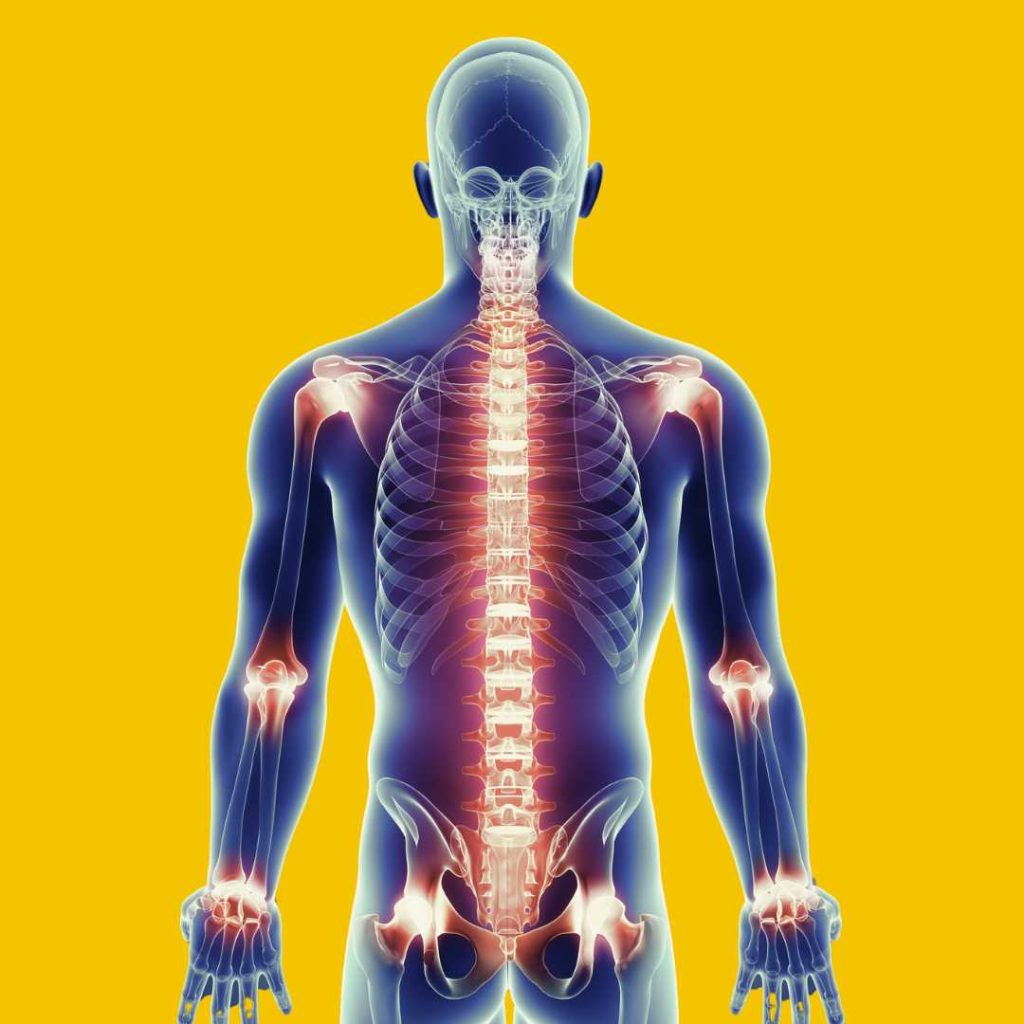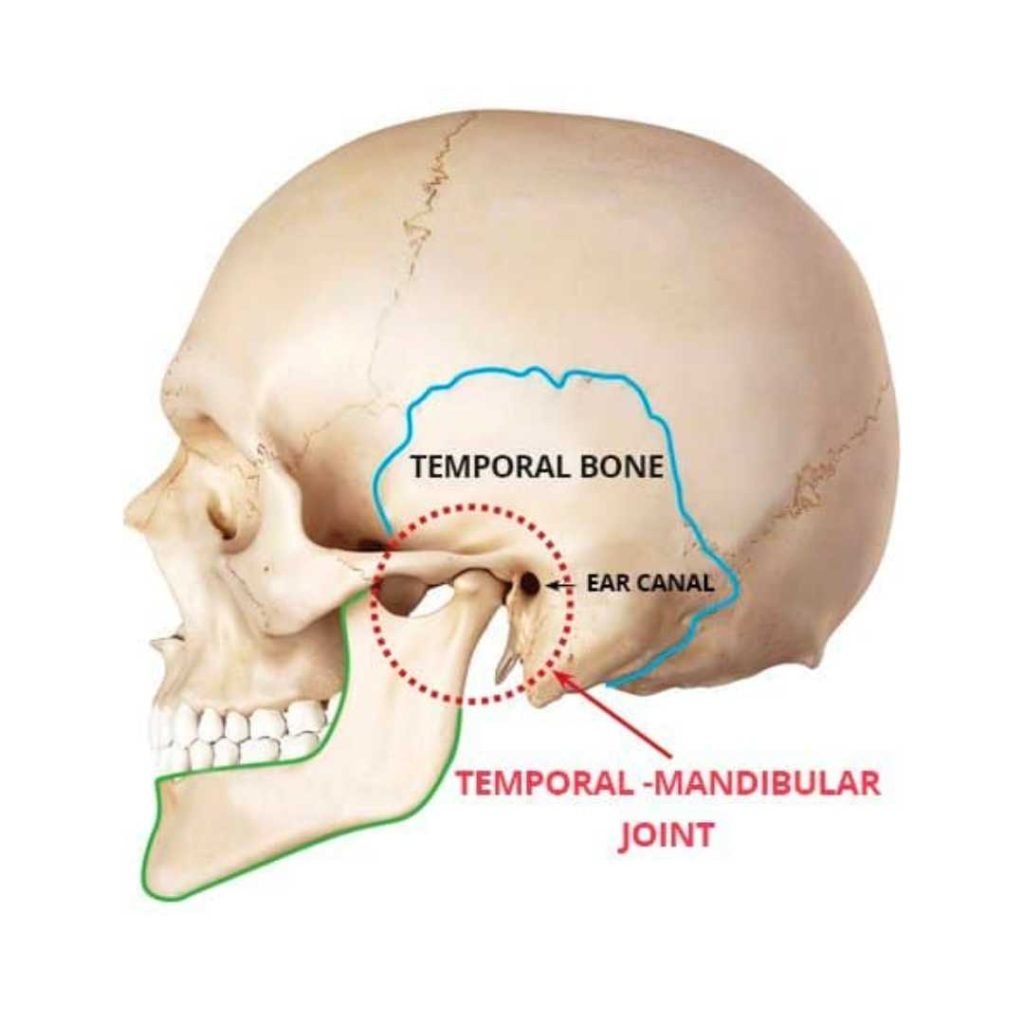TMJ Treatment Calgary
TMJ Treatment Calgary
tmj treatment dentist
TMJ Therapy Treatment with an Alignment First Protocol

Your TMJ disorder and your misaligned bite (occlusion) are not isolated to your head and jaws. Accommodation to an imbalanced occlusion travels down as far as your feet.
Studies show that the force and timing of your bite will alter how your head and neck align. With this information we have developed an “Alignment First Protocol” to address all of the structural chain from teeth to toes.
Your Occlusion, Your Bite
How you bite is important to the overall balance of your body. Alterations in your bite has effects that travel all the way down to your feet.
Shaping and balancing your teeth with the biometric system ’T-Scan’ allows for initial strain reduction and can speed up following therapy.
Hips, Back, Shoulders & Feet
We are all one active, kinetic body. Strain in one area affects all areas. To reduce strain in your bite we must look at hip, back and shoulder imbalance and strain.
Bio-mechanical therapy with accompanying exercises and stretches begins to regain structural balance and reduce muscle strain.
Head and Neck balance
How your teeth bite affects your head and neck alignment and vice versa. Coordination between Health Care Providers can be key to effective management and reduction of structural stress.
Determining and capturing a healthy balanced bite position for your new orthotic.
calgary tmj treatment
Connect with Dentalife
The TMJ therapy process

“Chronic Pain / TMD Dysfunction therapy requires time, patience, and care.”
We will discuss possible options to treat your TMJ Disorder (TMJD) after a thorough consultation.
During the consultation, we may take a Cone Beam CAT Scan of your jaws, jaw joints, airway and neck to assist in any diagnosis or treatment options.
1. Functional Rebalance of Occlusion
A 1 hour appointment to improve the balance of your bite using a digital occlusion analysis system (called the T-scan) and micro-adjustments to begin to eliminate bite strain in clenching and chewing.
2. Diagnostic Testing
A 3 hour appointment to assess jaw and neck muscle activity, jaw movement, and joint function. Along with physiotherapy provided by Ultra Low Frequency T.E.N.S. a more healthy bite starting position can be determined.
3. Orthotic (TMJ Dental Appliance) Insertion
A 2 hour appointment that will balance your new orthotic to your bite. Includes 1 hour U.L.F. T.E.N.S. therapy and T-scan guided adjustments to a ‘Natural Fit’ dental orthotic.
4. Follow Up care
As your jaw structure begins heal and improve its function and balance, and as your posture improves, adjustments to your bite and/or your orthotic will be required to continue to provide balanced support.
“Our goal is to provide strain reduction in the entire body in a coordinated protocol.” – Dr. Curtis Westersund
NUCCA Chiropractic Therapy
Upper cervical alignment is key in our protocol of treating chronic pain. It is a gentle directed pressure to reduce twisting in the first two vertebrae.
It is NOT the same as full spine chiropractic therapy but is often described as massage like vibrations behind the ear. NUCCA therapy is important to balancing your bite. Head and neck alignment and tooth contact are intimately connected.
Healing TMJ disorder with a dental orthotic
The dental TMJ appliance we use, The Natural Fit Orthotic™, rebalances the upper and lower jaw position to your improved posture.
Your bite may be balanced on your natural teeth with the ‘Functional Rebalance’ but a dental orthotic will correct the discrepancy between your lower and upper jaws’ function. The orthotic is a simple, non-surgical method of balancing jaw function.

REVIEWS FOR DENTIST DOWNTOWN CALGARY
The Alberta Dental Association & College does not allow dentists to display any patient-reviews directly on their website.
Please find us by Googling: ‘Dentalife Patient Reviews’
tmj treatment dentist calgary
What is the goal of TMJ therapy?

This will be discussed at your diagnostic consultation appointment. Simply put, the goal of therapy is to make YOU the best YOU that YOU can be. It may mean that there is 100% recovery, or it may mean there is only a partial recovery.
Stability with the TMJ and the body posture is a good measurement of recovery. Neck stability and neck freedom, being able to open and close your mouth more evenly, having less pain or headaches … these conditions are all common goals. It is important to understand that many TMJ problems are years in the making and damage may only be able to be slowed or controlled.
How long does TMJ therapy take?
The initial stage of TMJ treatment can range due to various levels of complexity. Once your TMJ condition is diagnosed, treatment can be planned and discussed. Simple treatment may last only for one or two appointments. But more complex TMD therapy may be ongoing for several months or over a year as the inflammation and tension reduces.
Some patients will never be able to restore themselves to 100% recovery due to the length of time the TMJ disorder has been present or the intensity of TMJ injury that has occurred.
There are typically two phases of TMD Disorder treatment:
Phase 1: Stability
Diagnosing the scope of the TMJ Disorder and providing therapy and referrals needed to improve stability to improve body function.
Phase 2: Final Care
Options for final care come after stability has been maximized.
Phase 1 therapy
Phase 1 Therapy is all about diagnosing your TMJ Disorder condition. By integrating Healthcare Provider care with dental TMJ treatments, and by monitoring your progress over several months, TMJ Disorder signs and symptoms can be lessened or even resolved.
Understand that since everyone is unique, response to TMJ Treatments will also be unique. Treatments will vary in need and timing.
Typically most TMJ Disorder sufferers will find the greatest dental improvement to be in the first 3 months. But remember … you are a whole person, from teeth to toes, and it may take longer for other areas of the body to respond. Dentists only work on teeth and jaws.
Other specific Healthcare Providers can help assess and treat other areas of the body that your TMJ Disorder condition may have been affected.
We will help coordinate treatment with other Healthcare Providers that understand the importance of helping you reduce biomechanical strain in your body.
Some patients require other dental professionals and/or specialists for further care. TMJ Surgery is a very uncommon outcome for treatment but cannot be ruled out as an option. Of course all treatments and their risks and potential needs will be discussed during your course of TMJ treatment.
Once you have reached an improved and stable point in treatment, future Phase 2 treatment can be discussed and coordinated.
Phase 2 therapy
Following stability and recovery from the first phase of therapy, a second phase can begin. There are many options for Phase 2 and they will be tailored to what you want to do. During your initial diagnostic appointment, Phase 2 options will be discussed with you.
Phase 2 treatments include:
Phase 2 therapy usually consists of 4 options:
Option 1: Wear your orthotic part time
Continuing to wear the dental orthotic but only at night may be an option. This will improve biomechanical strains for part of the full 24 hours of the day. The orthotic will usually last 5+ years before it needs replacement.
Option 2: Wear your orthotic full time
Full time wear of the orthotic helps reduce strain in the teeth, jaw and neck, day and night. This provides full time relief from many TMJ Disorder signs and symptoms. Orthotics are durable and usually last 3-5 years if maintained.
Option 3: Orthodontic treatments
Orthodontic care can be arranged to help mimic the comfort zone an orthotic has obtained. The extent of orthodontic care can be discussed with an orthodontist either before or after the start of treatment.
Option 4: Restorative rehabilitation
Some patients have, over time, severely damaged their teeth and Orthodontic care may not be an option. Various levels of treatment will be discussed for this option.
Option 5: A combination of the above
Some patients will have a combination of the above treatments, depending on their wishes and choices. The main goal is the same, to maintain jaw balance and health to improve TMJ Disorder signs and symptoms
No matter what you choose for Phase Two, our goal is to strive to provide you with health for life. There are many options that can be tailored to your therapy and treatment.
Be sure to ask us for any clarification on your mouth and your choices.
After you’re balanced
Once you have reached your best balanced posture and bite, it is up to you to continue with therapy as required.
This may mean choosing the correct health care provider in our team to see as you go about your life. Therapy costs will be discussed by each individual health care provider.
Schedule a Meet & Greet with Dr. Westersund ONLINE
If you have any questions about the TMJ therapy process, Dr. Westersund is now hosting Meet and Greets online.
Click here to schedule an online appointment.
References
Moon, H. Lee, Y. 2011. The Relationship Between Dental Occlusion/Temporomandibular Joint Status and General Body Health: Part 1. Dental Occlusion and TMJ Status Exert an Influence on General Body Health. Journal of alternative and complementary medicine. 17(11): 995–1000.
Koc D, Dogan A, Bek B. Bite Force and Influential Factors on Bite Force Measurements: A Literature Review. European Journal of Dentistry. 2010;4(2):223-232.
Curtis D. Westersund, Jeffrey Scholten & Raymond J. Turner.2017. Relationship between craniocervical orientation and center of force of occlusion in adults. CRANIO. 35(5):283-289
Ramirez-Yanez GO, Mehta L, Mehta NR. 2015.The effect of dental occlusal disturbances on the curvature of the vertebral spine in rats. Cranio. 2015 Jul;33(3):217-27.
Baldini A, Beraldi A, Nota A, Danelon F, Ballanti F, Longoni S. Gnathological postural treatment in a professional basketball player: a case report and an overview of the role of dental occlusion on performance. Annali di Stomatologia. 2012;3(2):51-58.
Karolina Walczyńska-Dragon, Stefan Baron, Aleksandra Nitecka-Buchta, and Ewaryst Tkacz. 2014.“Correlation between TMD and Cervical Spine Pain and Mobility: Is the Whole Body Balance TMJ Related?,” BioMed Research International. vol. 2014, Article ID 582414, 7 pages, 2014. doi:10.1155/2014/582414
Cuccia A, Caradonna C. The Relationship Between the Stomatognathic System and Body Posture.2009. Clinics (Sao Paulo, Brazil). 64(1):61-66. doi:10.1590/S1807-59322009000100011.
Yamaga T1, Yoshihara A, Ando Y, Yoshitake Y, Kimura Y, Shimada M, Nishimuta M, Miyazaki H. 2002. Relationship between dental occlusion and physical fitness in an elderly population. J Gerontol A Biol Sci Med Sci. 57(9):M616-20.
Haralur S, Al-Gadhaan S, Al-Qahtani A, Mossa A, Al-Shehri W, Addas M. 2014. Influence of Functional Head Postures on the Dynamic Functional Occlusal Parameters. Annals of Medical and Health Sciences Research.4(4):562-566. doi:10.4103/2141-9248.139319.
Palmer JP, Dickholtz MD. 2009. Improvement in radiographic measurements, posture, pain & quality of life in nonmigraine headache patients undergoing upper cervical chiropractic care: a retrospective practice based study. J Vert Sublux Res.1:1-11.
Rochester RP. 2009.Neck pain and disability outcomes following chiropractic upper cervical care: a retrospective case series. The Journal of the Canadian Chiropractic Association.53(3):173-185.
Kerstein, R. B., Thumati, P., & Padmaja, S. (2013). Force Finishing and Centering to Balance a Removable Complete Denture Prosthesis Using the T-Scan III Computerized Occlusal Analysis System. The Journal of the Indian Prosthodontic Society, 13(3), 184–188.
